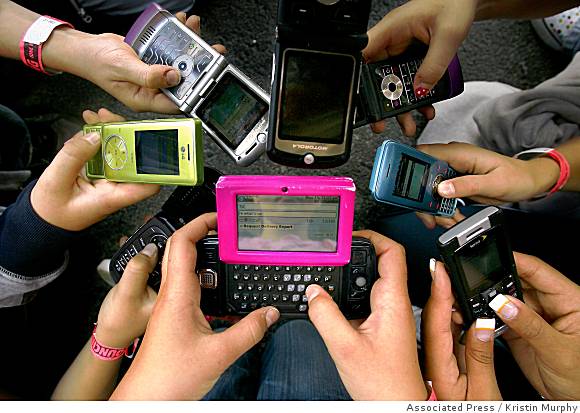 The first Android Smartphone from the world's 4th largest mobile phone maker Sony Ericsson has not lost its steam even after getting this late and with other Android phones hitting the markets lately. Admittedly, the Sony Ericsson Xperia X10 missed its launch dates, missed Christmas, missed the Chinese New Year and Valentine's day but hopefully, its release won't take any longer before the promised 1st quarter of 2010 is over.
The first Android Smartphone from the world's 4th largest mobile phone maker Sony Ericsson has not lost its steam even after getting this late and with other Android phones hitting the markets lately. Admittedly, the Sony Ericsson Xperia X10 missed its launch dates, missed Christmas, missed the Chinese New Year and Valentine's day but hopefully, its release won't take any longer before the promised 1st quarter of 2010 is over.
The recent World Mobile Congress held in Barcelona showcased a number of Android smartphones using the latest 2.0/2.1 clair version mostly coming from HTC, Samsung and Motorola with a few for upstart mobile phone makers like Dell and Asus. What was more a curiosity has been a couple of X10 derivatives - the Mini and QWERTY sliding Mini Pro smartphones with a less powerful CPU and smaller screen sizes. It is plain that Sony has started a new line of Android smartphones with the Xperia X10.
Features Remain
Visiting the Sony Ericsson website reveals that the X10 is already featured there with a rather nifty animation and some details that are just as exciting as when it was launched. There's nothing new to add. It still features the same Qualcomm QSD8250 Snapdragon CPU clocked at 1 GHz which is already used in a number of Android smartphone like the Acer Liquid though clocked at a lower speed and the forthcoming HTC Desire. It's just a matter of time when the X10's product superiority will be another thing of the past.
It runs an older Android 1.6 Cupcake when it could have shifted to the 2.0/2.1 clair version that its rivals in the same class are now using. We figure Sony's engineers may have an uphill battle porting the Rachel UI (renamed UX for User eXperience) to the newer version but no matter. The Android world is still eager to see what the UX-tweaked Android has to offer.
The X10 still sports a jaw-dropping display that's the largest for an Android handset. It features a 4-inch WideVGA capacitive touchscreen with a scratch-resistant coating as well as a gravity accelerometer for auto-rotate viewing according to handset orientation. At the moment, Motorola Droid is a close second at 3.7 inches and also the upcoming HTC Desire.
No doubt its imaging features remain unchallenged except for a few emerging handsets with 12 megapixel cameras and high definition 720o video recording. Otherwise, its 8-megapixel autofocus/touchfocus camera with LED flash, video light, image stabilization, face/smile detection, 8x digital zoom, WVGA video recording at 30fps, geo-tagging from its GPS receiver and red-eye reduction are everything a high end point-and-shoot camera should have.
Software is often what distinguishes a good smartphone from an also-ran. Here, the X10 offers Timescape, Mediascape and ActiveSync which makes your multimedia, messaging and emailing experience a real pleasure to do while on the road. Just about everything else in the Sony Ericsson XPERIA X10is what we can expect form an upscale mobile phone.
You get 3G/HSDPA, WiFi 82.11 b/g and Bluetooth 2.1 with EDR and A2DP. You get a generous 1GB internal memory with microSD support for up to 16 GB, A-GPS with Wisepilot navigation with Google Maps for it's a-GPS, a digital compass with its magnetometer and the industry standard 3.5mm headphone jack.






